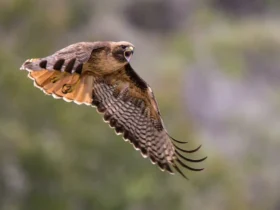In the world of avian wonders, few creatures rival the captivating beauty of the Violet-Crowned Hummingbird (Amazilia violiceps). With its iridescent plumage, tiny size, and remarkable agility, this diminutive bird has captured the hearts of birdwatchers and nature enthusiasts alike. Native to parts of North and Central America, the Violet-Crowned Hummingbird has long been celebrated for its stunning appearance and fascinating behavior.
Violet-Crowned Hummingbird images
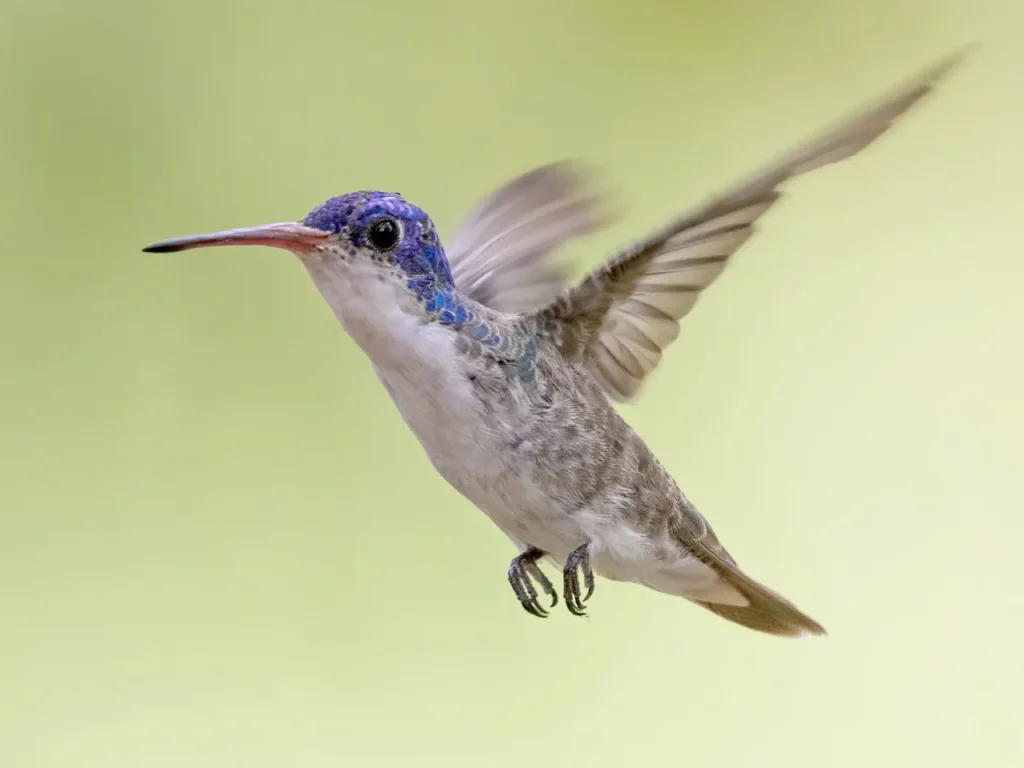
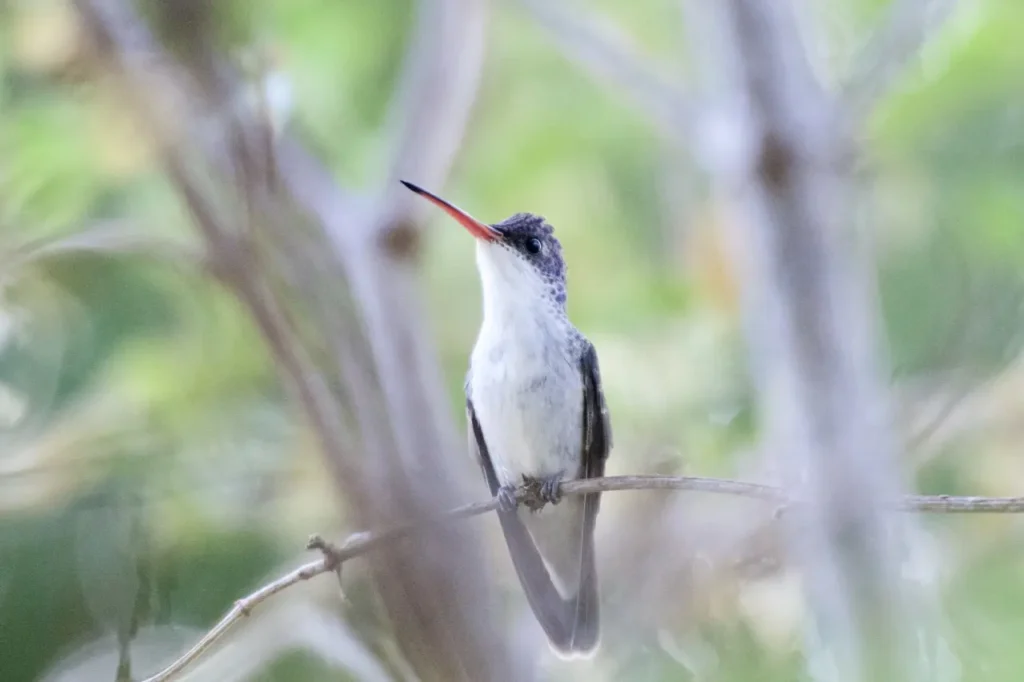
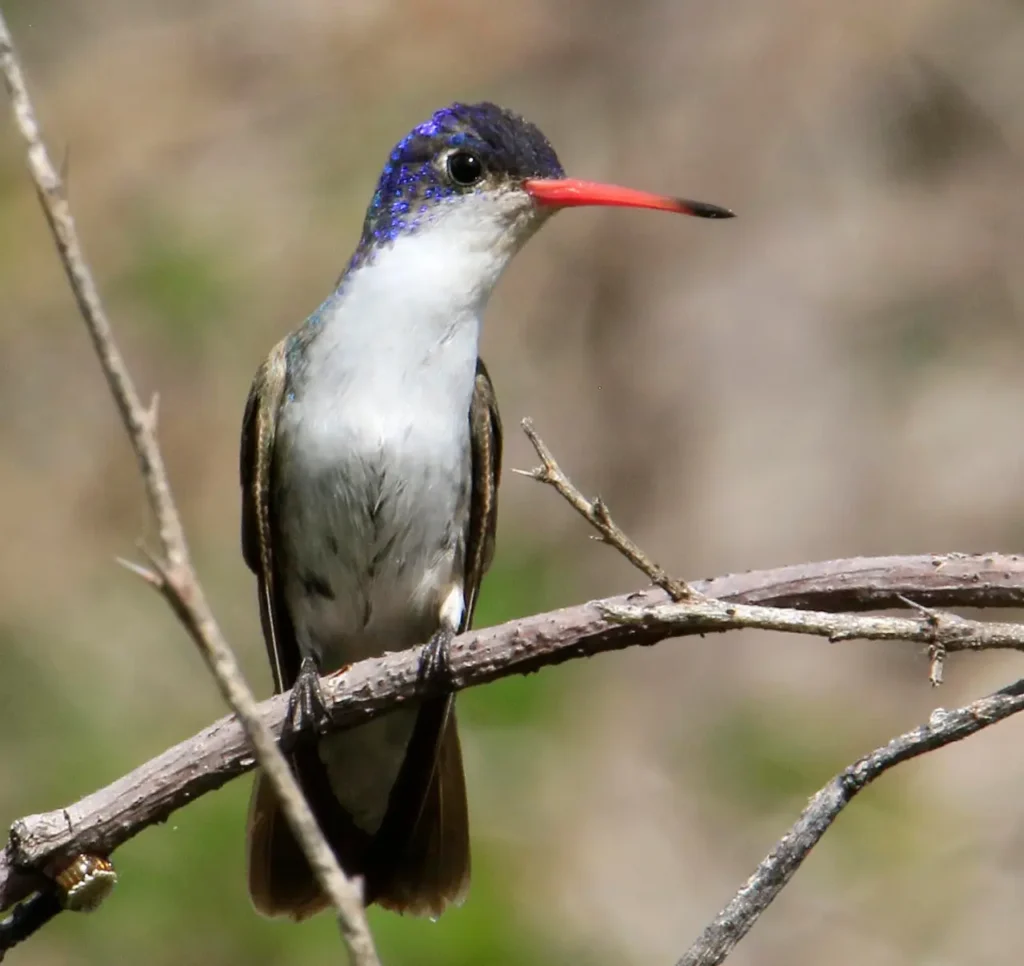

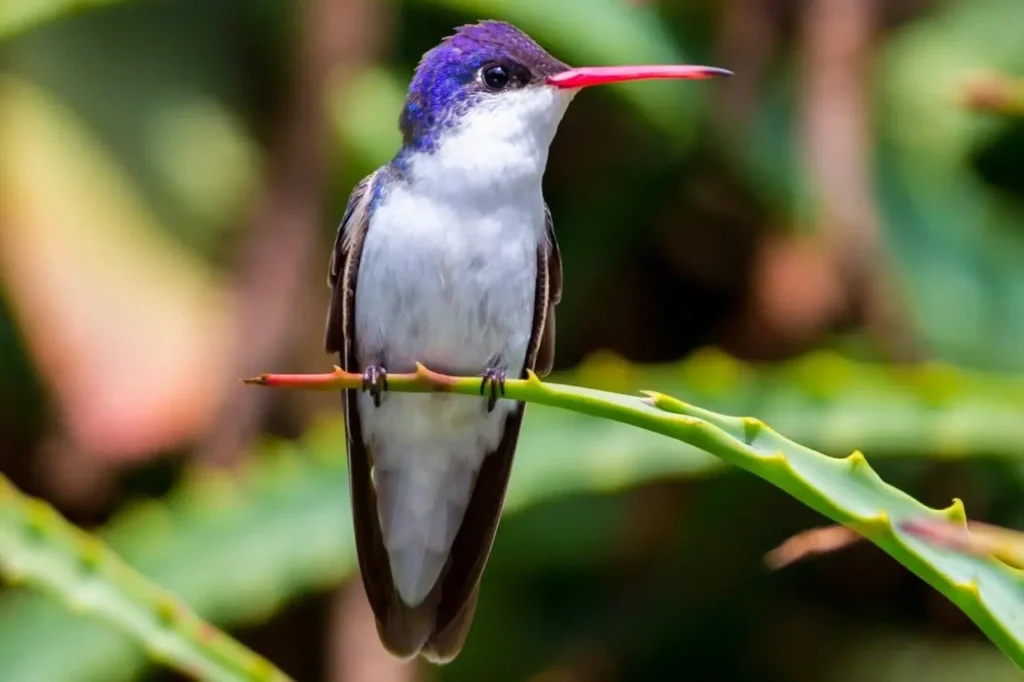
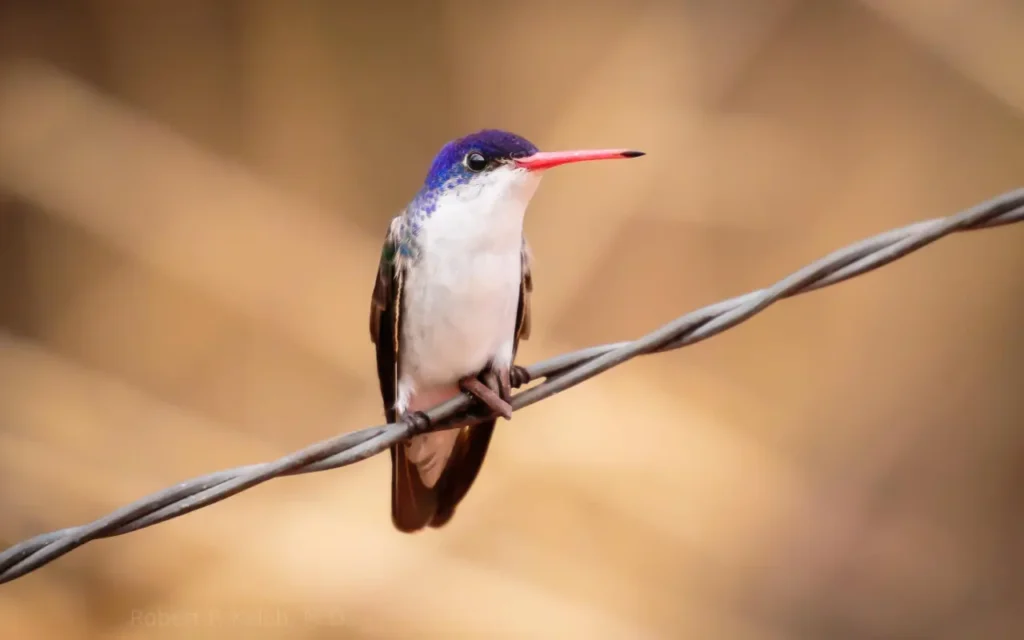
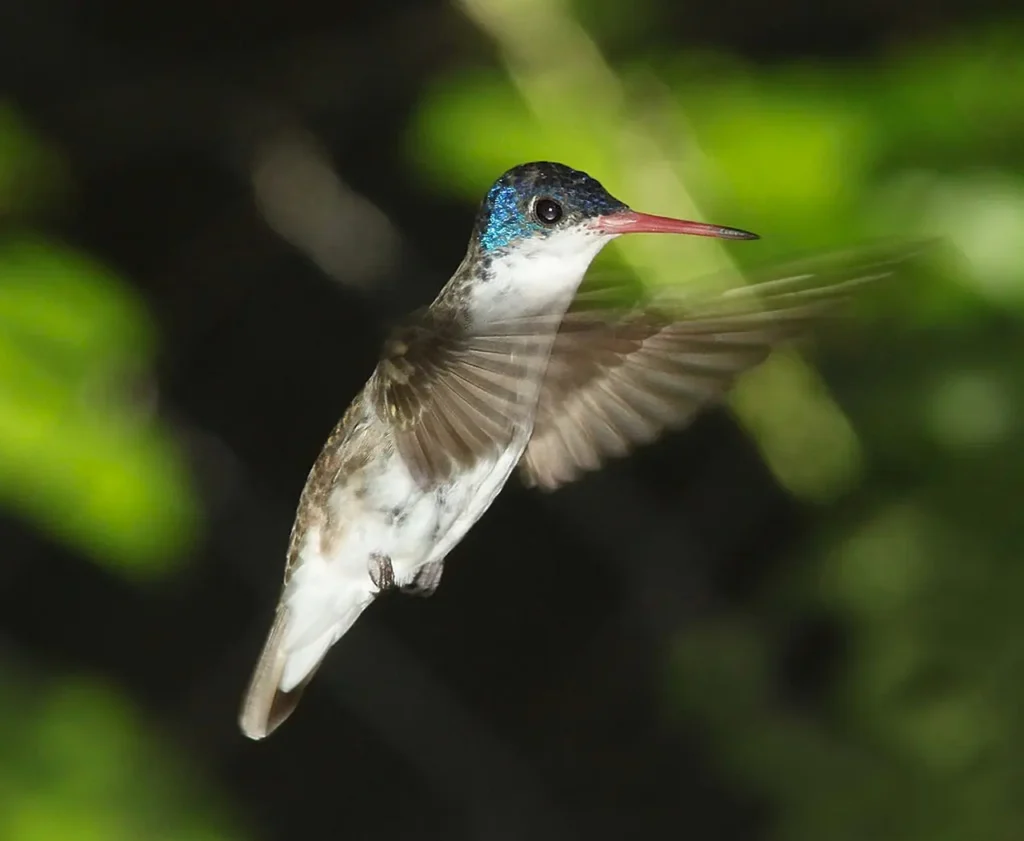
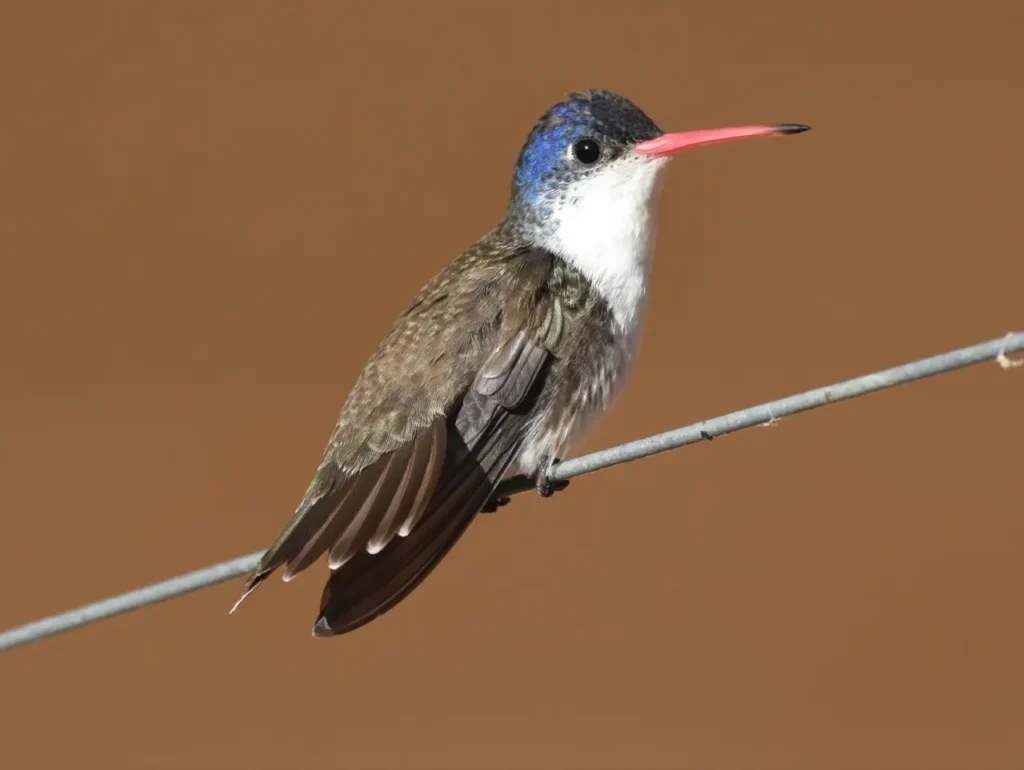
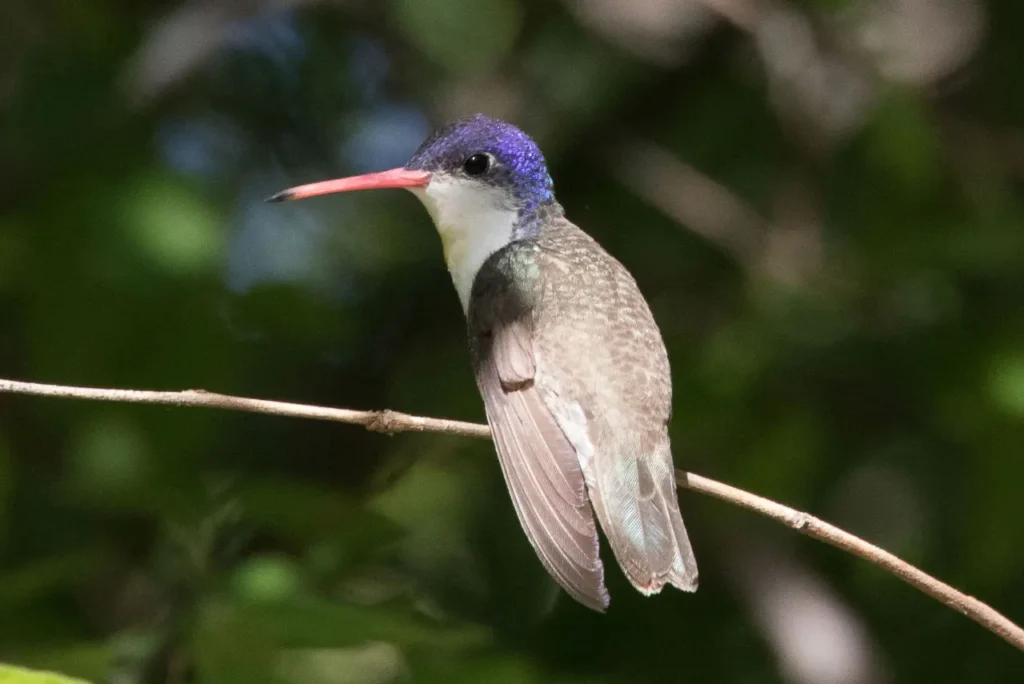
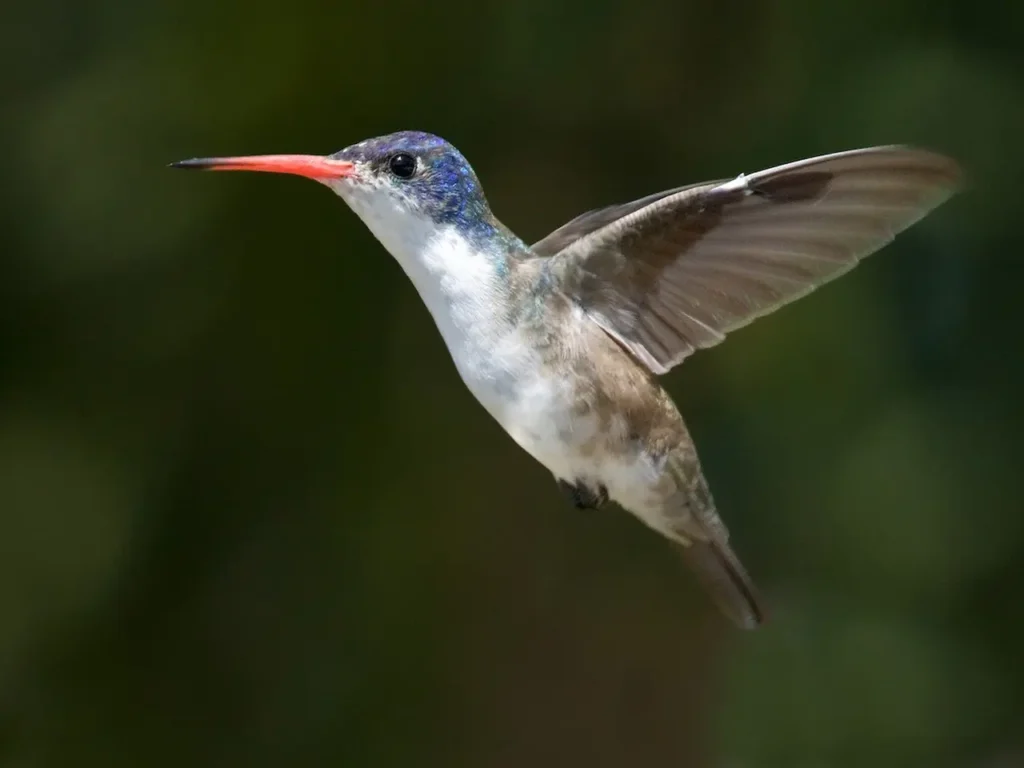
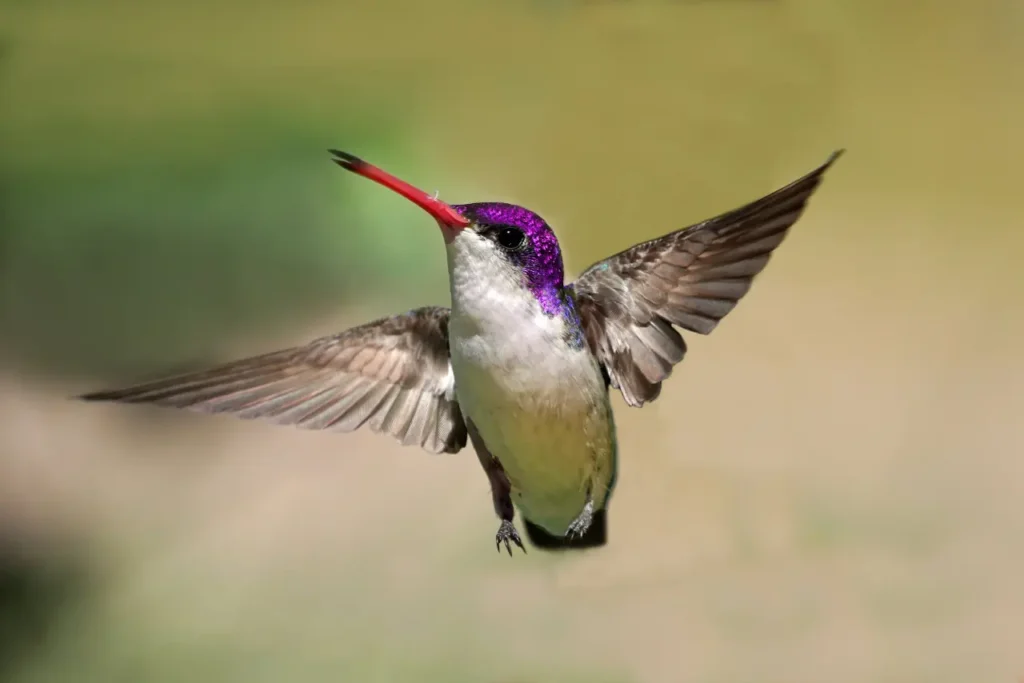
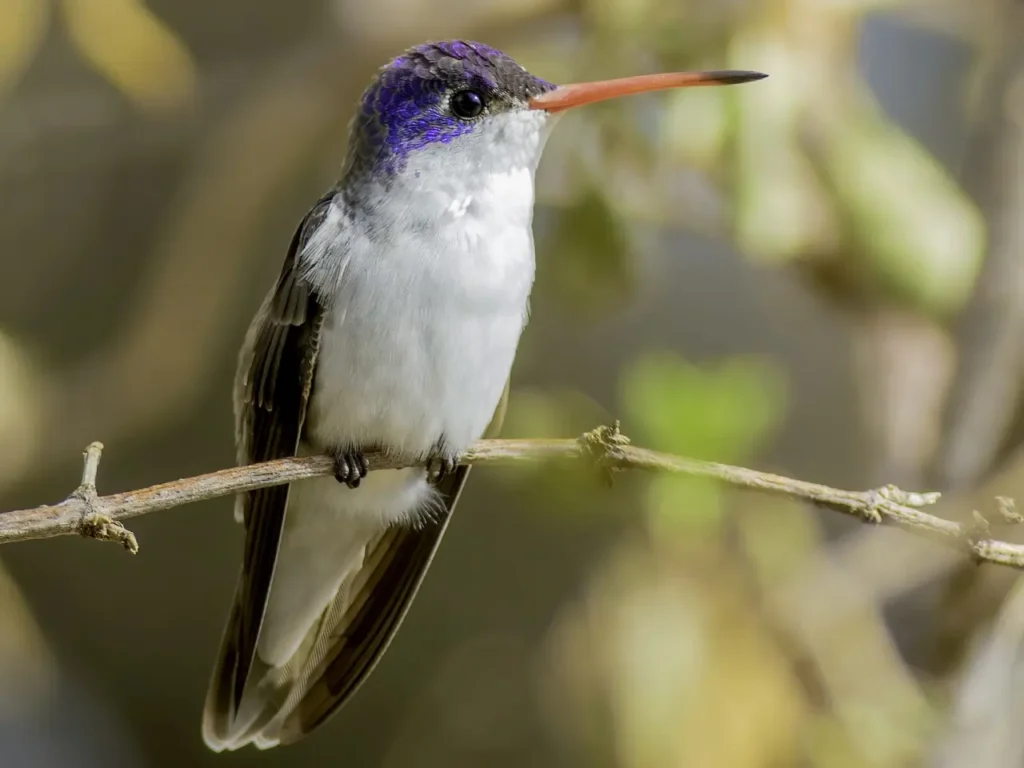
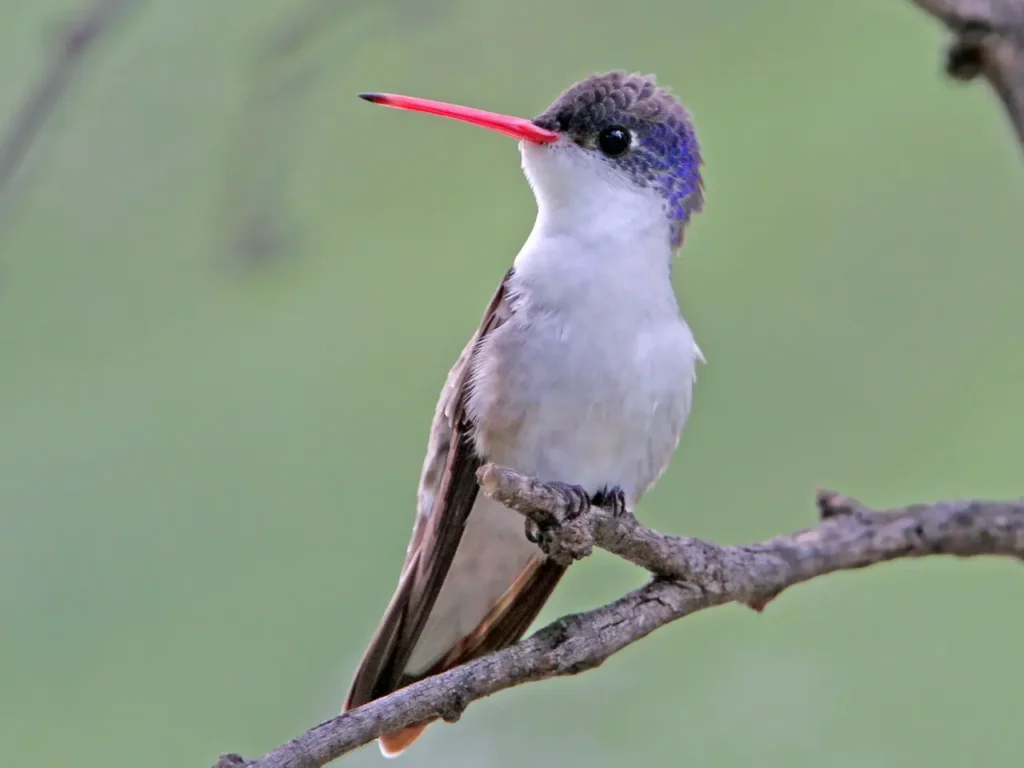
Appearance and Identification
The Violet-Crowned Hummingbird is a small-sized bird, measuring about 3.5 to 4 inches (9 to 10 centimeters) in length and weighing around 3 to 4 grams. Males and females display slight variations in their appearance, but both exhibit remarkable plumage that sets them apart from other hummingbird species.
The male boasts a striking violet crown, extending from the forehead to the nape of the neck, which gives the bird its name. The rest of its body showcases beautiful shades of green, creating a vivid contrast against the shimmering violet. In certain lighting conditions, the crown may appear more iridescent, offering a mesmerizing display of colors as the bird moves.
The female, on the other hand, possesses a more subtle appearance with a greenish-gray crown and whitish throat. Her belly is usually a pale white, and her green back blends well with her surroundings, providing camouflage while nesting.
Range and Habitat
The Violet-Crowned Hummingbird inhabits a diverse range of ecosystems, from the southwestern United States (including Arizona and New Mexico) to parts of Mexico and Central America. They can be found in various habitats, including arid deserts, semi-open woodlands, gardens, and even at higher elevations in mountainous regions.
Migration and Behavior
While some hummingbird species undertake remarkable migratory journeys, the Violet-Crowned Hummingbird is mostly non-migratory. Some populations, however, may move to lower elevations during the colder months in search of food and better climate.
This species is known for its territorial behavior, especially during the breeding season when males become fiercely protective of their feeding territories. These aerial acrobats are agile fliers, capable of hovering in mid-air, flying backward, and making sharp turns with incredible precision. They primarily feed on nectar from flowers, but they also supplement their diet with small insects and spiders for added protein.
Breeding and Nesting
During the breeding season, male Violet-Crowned Hummingbirds perform impressive courtship displays to attract females. These displays involve hovering, flaring their violet crowns, and producing distinctive vocalizations. Once a pair forms, the female builds a small, cup-shaped nest made of plant fibers, lichens, and spider silk, camouflaging it among tree branches or shrubs. She lays two tiny white eggs, and both parents take turns incubating them for about two weeks.
Conservation Status
Thankfully, the Violet-Crowned Hummingbird is not currently listed as a globally threatened species. However, like many other hummingbirds, it faces challenges due to habitat loss and climate change. Conserving its natural habitat and ensuring a steady supply of nectar-rich flowers is crucial for the continued well-being of this stunning species.
In the world of birds, the Violet-Crowned Hummingbird stands out as a jewel of nature’s masterpiece. Its vibrant plumage, agile flight, and endearing behavior make it a favorite subject of birdwatchers and photographers. As we continue to appreciate and learn more about these fascinating creatures, let us also play our part in preserving their habitats and ensuring that future generations can marvel at the enigmatic beauty of the Violet-Crowned Hummingbird.
